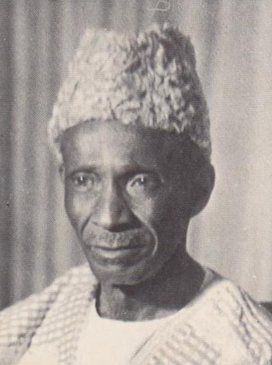Between 1991 and 1995 Sierra Leone descended into a state of violent anarchy with both rebels and government soldiers waging a war of terror against civilians.Sierra Leone was in need of a solution So they turned to mercenaries for the United Nations often times didn't make any lasting help and have had many unsuccessful impressions in the past in african nations.Many of Sierra Leone Mercenaries are ex-military south africans who are hired by the government to help end wars and conflict in African towns and villages. They will often times be stationed in villages and offer military training, security and law and order,and sense of well being knowing there are people who will protect them. The mercenaries who mostly are either very well trained or ex-special forces and will often times go above the call of duty when it comes to military protocols and can do thing that the United Nations cannot. The use of mercenaries are still in controversy. The term mercenary means hired soldier and will fight for the highest bidder which can pose a shady solution. That is why the Sierra Leonean government likes to hirer South African or African soldiers because it hits closer to home in a way and have personally seen how rebels and militants fight in the region. The use of mercenaries are still in use to this day providing security for political elections forming militia groups and leading security forces like a national guard to assist in riots and rebel raids.
Executive Outcomes mercenaries in Freetown
















